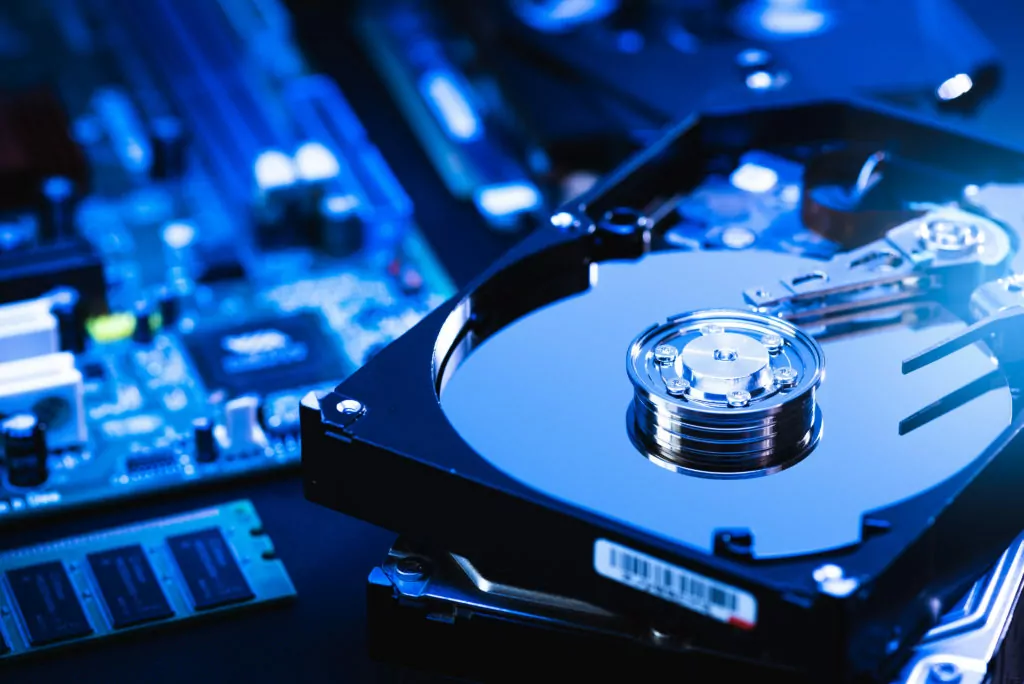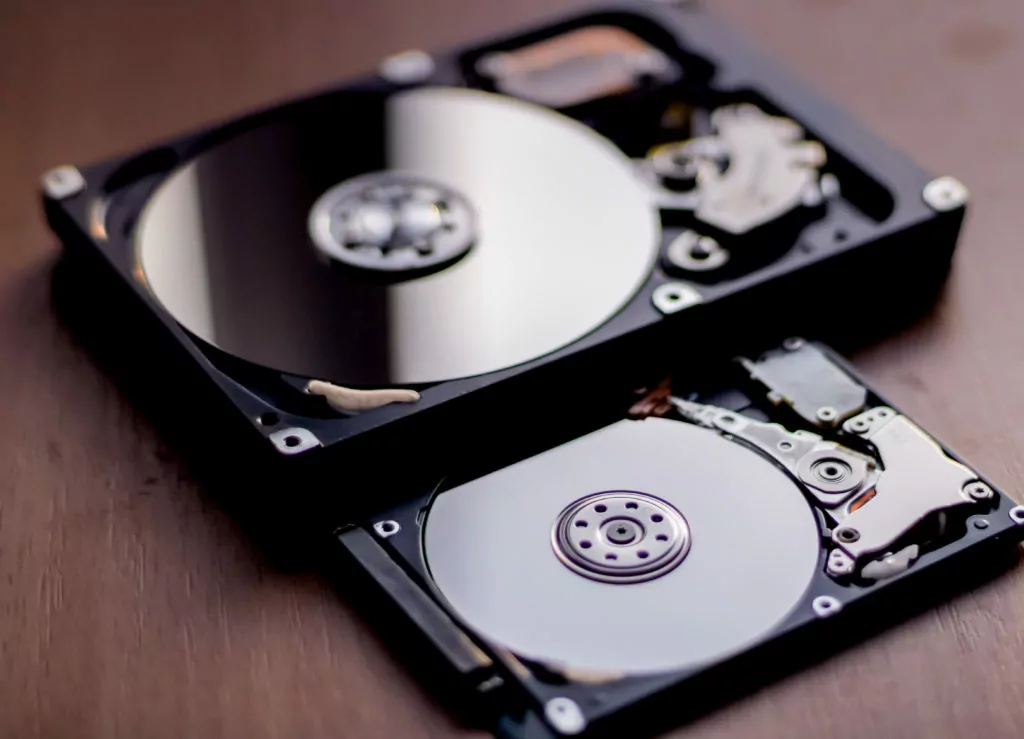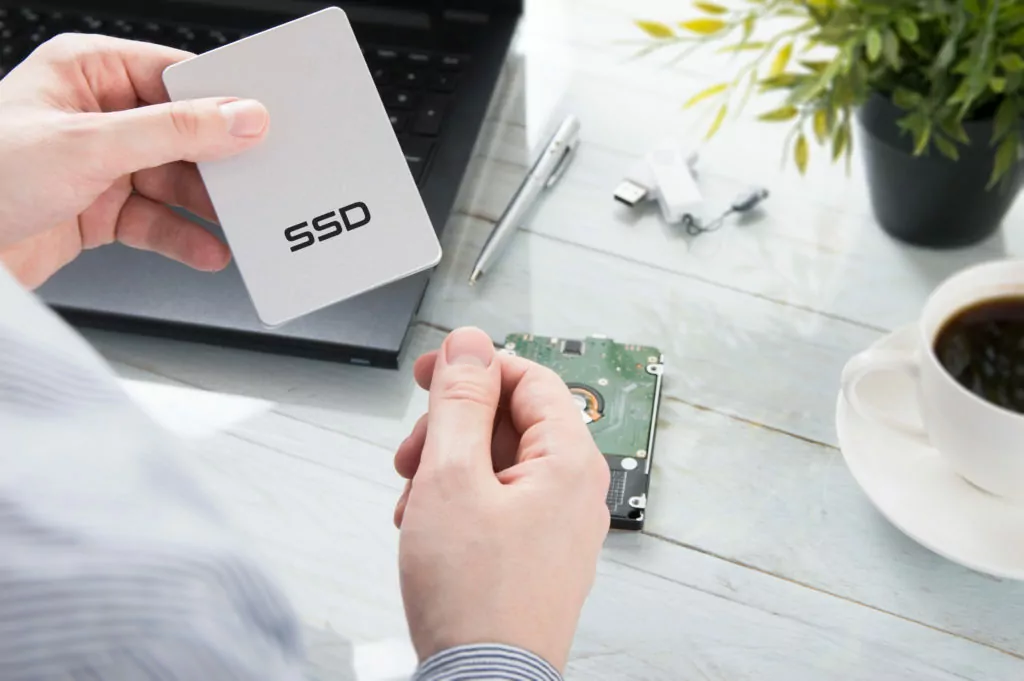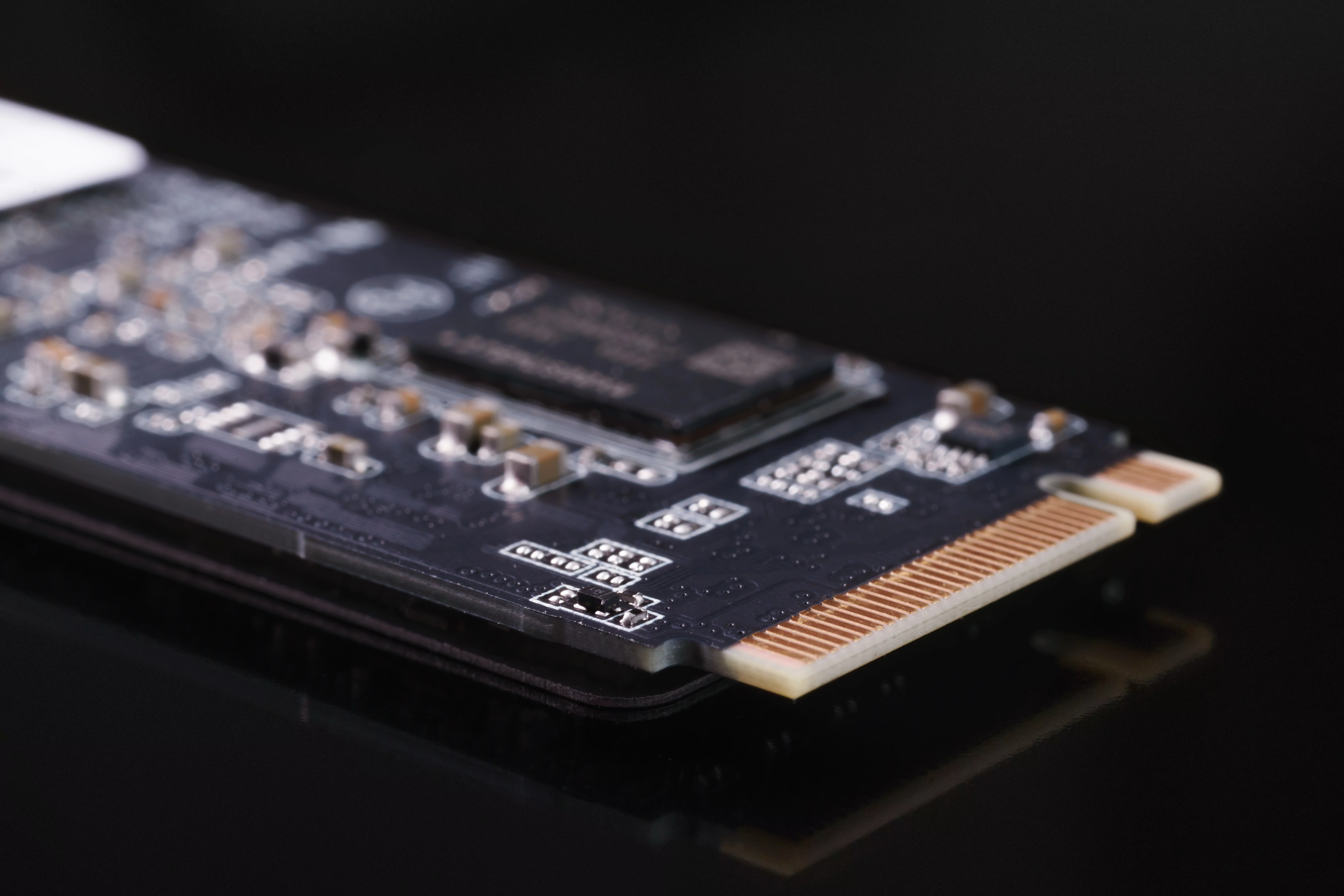Here’s everything about FileVault affecting your Mac’s performance:
With a modern Mac, FileVault typically does not impact performance at all.
Modern hardware can handle encryption a lot faster than older systems, and Macs encrypt by default now.
With older systems, it is possible for FileVault to use up resources to a point that general performance slows down across the Mac.
So if you want to learn all about how FileVault affects your Mac’s performance exactly, then this article is for you.
Let’s get started!

What Does FileVault Do?

Office workplace for designers.
Minimal desktop area for productive work.
Dismissal concept.
This all makes more sense when you understand what FileVault does and how it is done.
Essentially, FileVault is an encryption program for Mac computers.
It encrypts the entire partition of a drive used for a Mac computer.
Put in simpler terms, it encrypts absolutely everything tied to Mac OS (or OS X on older systems).
To do this, FileVault scrambles data on the drive.
If you try to read the scrambled data, it will make no sense.
But, the scrambling is done according to a specific code and algorithm controlled by FileVault.
Using the correct key, FileVault can unscramble data and make it easy to read again.
This is the basic process of encryption.
Without the key, you can’t make any sense of the information stored on the computer.
This is done with every single file in the system, so it is deep and robust.
It also involves a lot of processes in the computer, and that’s why FileVault can potentially affect performance.
How Does Encryption Impact Your Mac’s Performance? (2 Ways)

When you think about the fact that FileVault interacts with every single file on a computer, it’s easy to imagine that this might slow things down.
It takes a lot of resources to encrypt so much data (especially if you have a lot of stuff saved on your Mac).
So, if FileVault is eating up computational resources, it can slow down the computer’s performance in general.
And, that’s the primary issue.
FileVault doesn’t cause random errors on the machine.
Instead, when it creates a problem, it makes everything run slowly.
Now, this doesn’t always happen.
It depends on a few factors.
But, if FileVault is slowing down your computer, there are really only two things you need to look at: the storage drive and the processor.
#1 Storage Drive Usage

This is the primary concern.
If every single file has to be encrypted, the storage drive has to do the literal work of encrypting (and decrypting) those files.
Storage drives, as a rule, are much slower computer components than the rest of the major hardware pieces.
So, if you have something that involves a lot of drive activity, it can slow things down.
That’s what you’ll typically see when FileVault is working hard.
You can look at the resource monitor and see exactly how much the drive is taxed by encryption.
If it’s pushed to 100%, then the drive won’t have any power left over for normal computer functions, and things slow to a crawl.
Again, this won’t always happen, but if FileVault is slowing your computer, it’s most likely due to storage drive usage.
#2 Processing

The other main component involved in encryption is the central processing unit (CPU).
This is the part of the computer that carries out all of the calculations that make things work.
So, when FileVault is running, the CPU is directing all of the activity.
Now, CPUs run much faster than storage drives, so in most cases, your CPU won’t be taxed by encryption.
There is one exception that sometimes arises.
If you turn FileVault on, and you already have a pretty full drive, the CPU will have to work hard to encrypt everything that is already saved.
This can tax the CPU (though it won’t necessarily be a problem).
In that case, CPU usage and drive usage will compound each other to make things extra slow.
Once FileVault catches up and has existing data encrypted, it only has to worry about encrypting new data after that.
So, you won’t see CPU usage issues from there (assuming everything is working normally).
When Is FileVault More or Less Disruptive on Your Mac? (4 Things)

Here’s the thing.
If you ask a bunch of Mac users about FileVault, a lot of them will tell you that they couldn’t notice any performance differences after they turned it on.
That’s pretty normal.
In reality, there are a few key circumstances that will determine if things run slower or faster.
The first has to do with the condition of the computer when you activate FileVault.
As mentioned earlier, if you have a full drive, then the encryption process has a lot more ground to cover, and that is more likely to slow down your system.
If you turn it on with a brand new machine, there’s nothing really to encrypt, so things run smoothly from the start.
Performance also largely depends on the type of storage drive you have.
Primarily, there are three types of drives to consider in a Mac, and they provide very different experiences.
#1 HDD

The first thing we can cover is a hard disk drive (HDD).
This is an older design that was largely phased out of Mac computers in the mid-2010s.
If you have an HDD in your Mac, it’s pretty old, and it’s probably slow whether you use FileVault or not.
There is an exception, though. HDDs are still relatively common for use with external drives.
You can use FileVault with an external drive (although it’s not a perfectly straightforward process).
If you do, it’s worth noting that HDDs are substantially slower than SSDs and NVMe drives (both discussed in a moment).
Even with a modern Mac, FileVault might be slow when you’re encrypting an HDD.
And, this won’t be limited to the initial encryption.
FileVault might run slowly as long as it is encrypting that drive.
The good news is that activities taking place on Mac’s internal drive should be just fine.
#2 SSD

SSDs were common in Macs (especially MacBooks) in the mid-2010s.
They started to phase out in favor of NVMe drives starting in 2016, and it was a gradual process from there.
So, it’s more likely that you would have an SSD than an HDD, but we’re still not talking about new Macs.
SSDs are several times faster than HDDs.
On top of that, as Apple transitioned Macs into using SSDs, FileVault was upgraded, and the newer version took advantage of faster storage drives.
As a result, the process got a lot faster, and a lot of users reported that they could not tell the difference in performance when FileVault was on.
If you’re using an SSD, you might not notice any issues.
If things do slow down, it will most likely be when you first initiate FileVault.
Once it catches up and has the drive encrypted, new information can encrypt quickly, and you probably won’t notice anything.
#3 NVMe

Modern Macs use NVMe drives.
They are several times faster than SSDs (making them many times faster than HDDs).
With an NVMe drive, encryption is substantially faster.
Because of this, modern Mac users typically can’t see any performance issues when they activate FileVault, even if the drive is already pretty full.
The technology is just that much faster.
So, if your Mac is only a few years old or newer, FileVault won’t be an issue (unless there’s an error, which is an entirely different conversation).
#4 T2 Security Chips
There’s another factor to consider with all of this.
In 2020, Apple started using T2 security chips in Mac computers.
These security chips do a number of things, but the biggest is that they offload a lot of the encryption process from the storage drive.
Any Mac with a T2 chip encrypts the entire storage drive by default.
When you turn on FileVault, you’re just adding an additional password layer to the security process.
The data is already encrypted.
Because of this, it doesn’t matter how much data is on the drive when you activate FileVault.
The information is already encrypted.
You’re only changing the process involved in allowing access to the encrypted data.
Since FileVault is not actively encrypting anything on these computers, there is literally no change in performance when you activate the software.
Everything works in the exact same way (from a hardware perspective), so there’s nothing to worry about.
What Can You Do if Filevault Is Making Things Slow? (2 Options)

If you have a modern Mac, FileVault probably isn’t slowing anything down.
But, if you have an older system or a unique build that creates complications, FileVault can cause problems.
So, what can you do about them?
For the most part, you have two options.
#1 Turn It Off

You can turn off FileVault.
When you do, it will have to decrypt every file that is currently encrypted.
This takes just as long as encryption, so the computer might run slowly while FileVault turns itself off.
Once that is done, FileVault won’t be running anymore, so things should speed up (assuming FileVault was the reason for slow performance).
The problem here is that your data is no longer encrypted.
If encryption is important, then this leaves you with an issue to solve, and that brings us to the next option.
#2 Alternative Encryption

You can look into third-party encryption software.
Ideally, you can find something that only encrypts the files and folders that you need to protect the most.
Since the software isn’t encrypting the entire drive, it doesn’t use as many resources, and things can run a lot faster.
You can even look into cloud-based encryption.
In such a case, you would work on and store your files exclusively on cloud servers.
The servers can handle the encryption, so your computer isn’t doing any of that work.
The downside here is that you would only be able to access the files with an internet connection.

